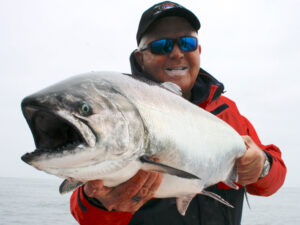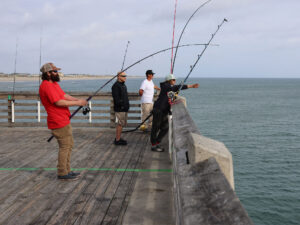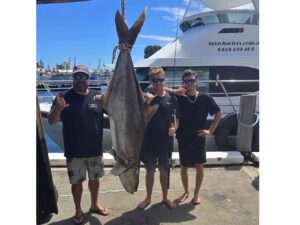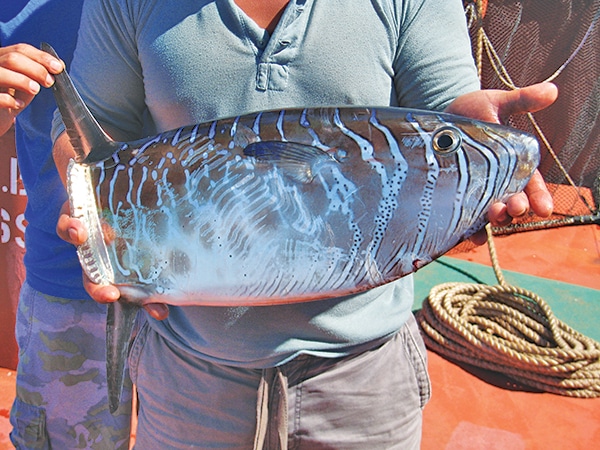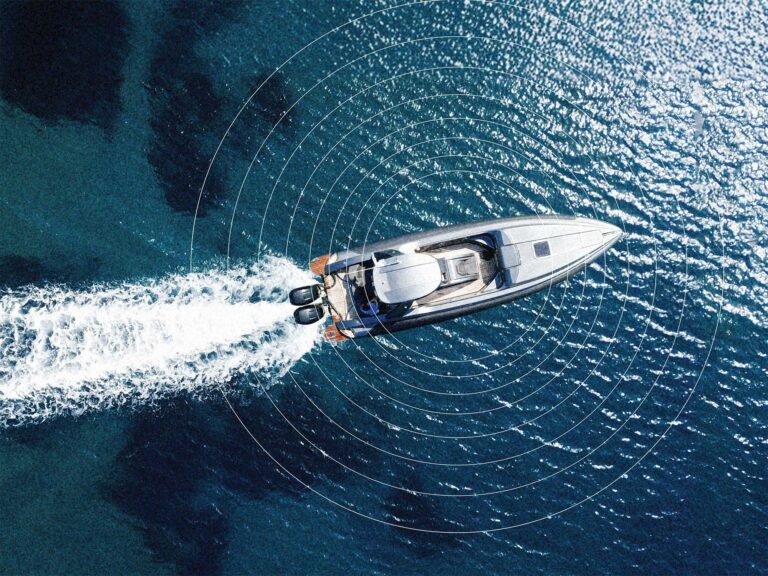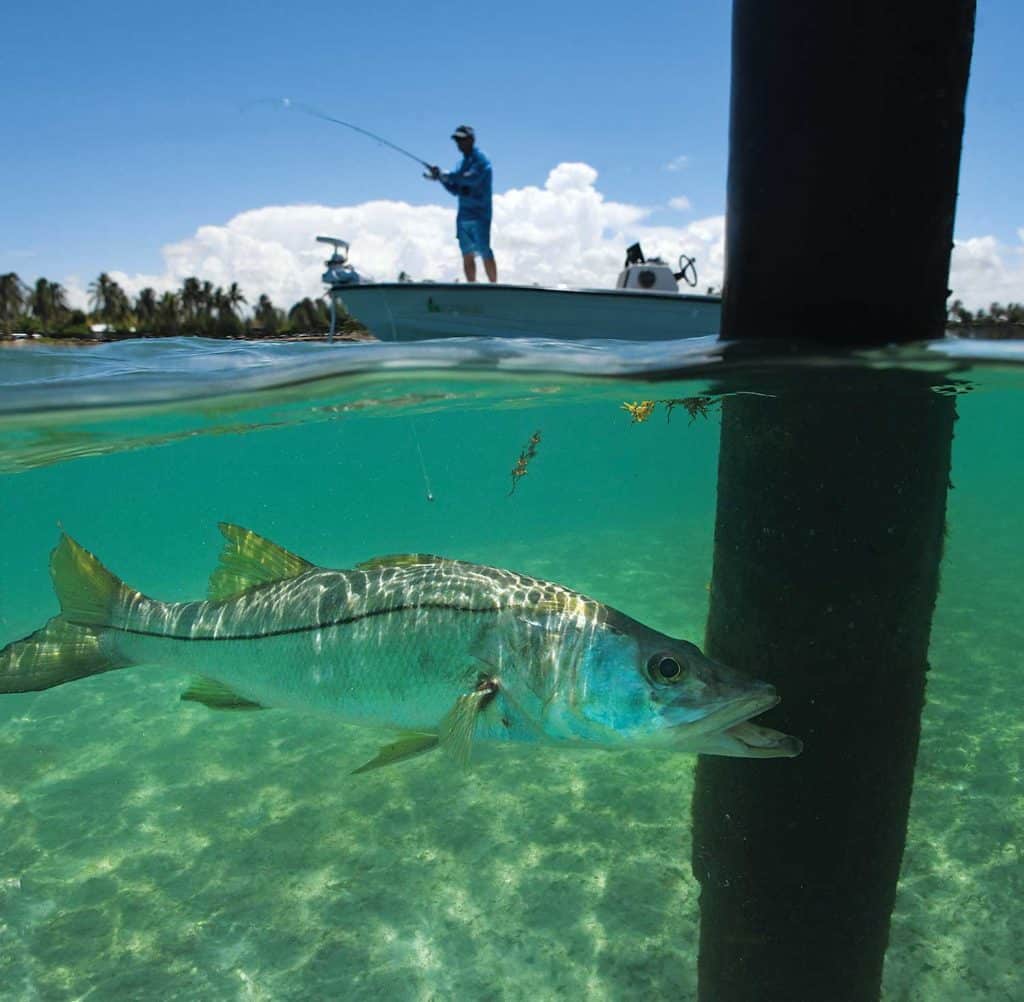
Caveat emptor is perhaps nowhere more true than when it comes to buying fishing lines.
I found myself considering that fact from two pieces of content in this issue — our Holiday Gift Guide (no doubt many a spool of braid, mono or fluorocarbon will be given as gifts this season) and our Gear Guide on abrasion resistance in fishing lines.
Of course, most fishing tackle is “the best” in one way or some others. But claims regarding physical properties are generally verifiable, with varying degrees of effort. Even an assertion such as “the sharpest hooks” can be checked against at least blatant fraud by simply running a hook point along a thumb. Many lines claim to be “the strongest,” which should refer to the greatest tensile strength per diameter, and line strengths can be checked with a good hand scale. “An extra-fast retrieve ratio” on a reel package can certainly be assessed by the consumer both in terms of turns of the spool and inches of line retrieved per crank of the handle.
But when it comes to abrasion resistance, that’s a different story.
And, when it comes to abrasion resistance, claims abound. Here are a few from line manufacturers’ marketing descriptions:
“Up to 15x greater abrasion resistance”
“Incredible abrasion resistance”
“4x more abrasion resistant”
“Extra tough for ultra abrasion resistance”
And so on and so forth. To read such descriptions, one might reasonably conclude that most lines are tougher than steel. Try telling that to the guy who just lost a big redfish when his line touched an oyster shell. It’s a mighty rough world out there for fishing lines.
The hard truth is that there is no industry standard used to quantify abrasion resistance of fishing lines. That reality might facilitate impressive claims since no consumer can really test them. That doesn’t mean there aren’t plenty of lines out there that work hard to give anglers good abrasion resistance, only that it has been and will be mighty hard for Joe Angler to have any real idea of actual abrasion resistance, whatever the package says.
I learned the hard way many years ago how tricky it is to try to quantify this aspect of a fishing line. I did an abrasion test comparing many popular lines. True, all brands were subjected to the same test, running a section of line repeatedly at a given pressure across an abrasive surface until the line broke, and using the number of times the arm controlling the process went up and down to estimate abrasion resistance.
Read Next: Comparing 4- and 8-Carrier Braided Fishing Lines
The test was met with some criticism from the industry; I tucked my tail ’tween my legs and got some education. There are so many ways one can test lines: wet versus dry, across various types of surfaces (flat versus edges; sharp or dull) and so on. And different lines might hold up much differently according to how they’re tested.
So I gave up much hope of ever really knowing how any line will measure up for its abrasion resistance. Experience might help, but realistically probably not much beyond a general “feeling” that this line or that might be better. Short of some requisite industry standard (which we can’t reasonably expect), we buys our lines and takes our chances — and steer way clear of those oyster shells.


